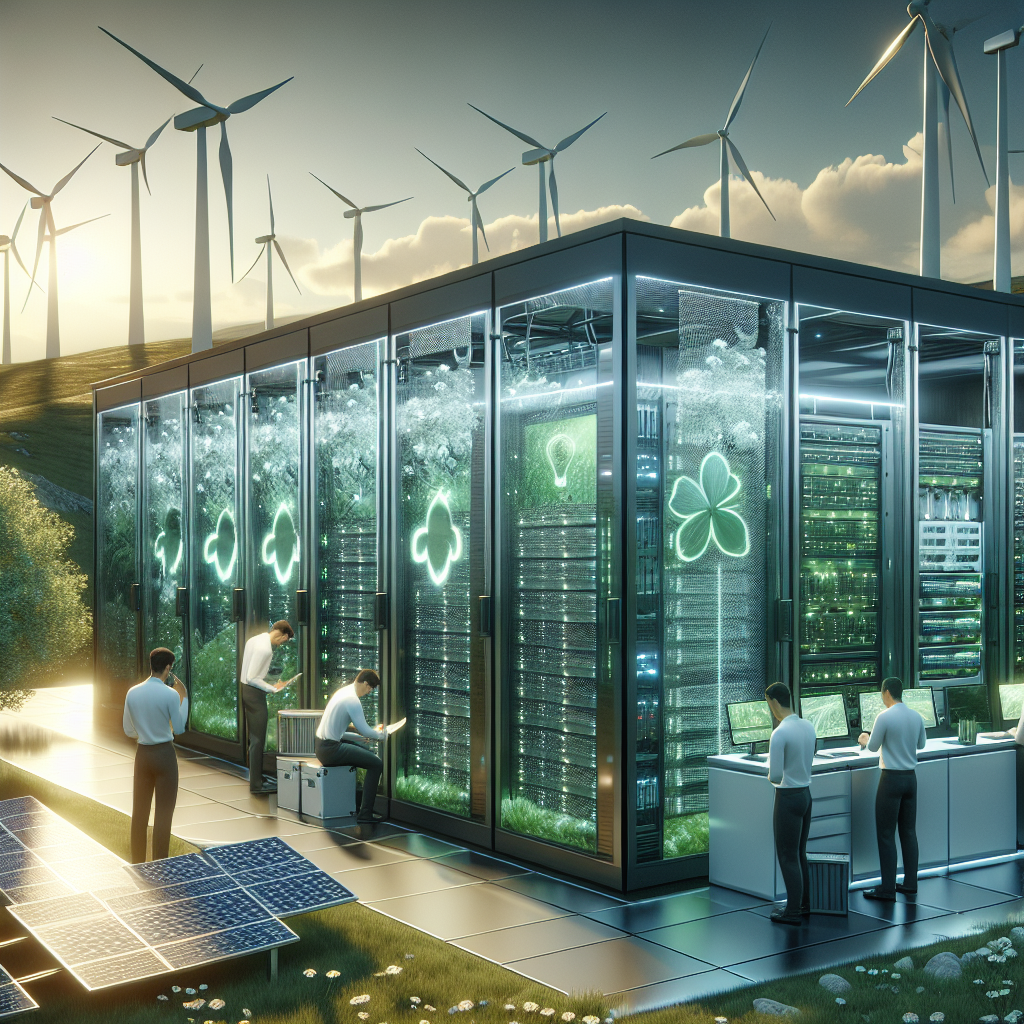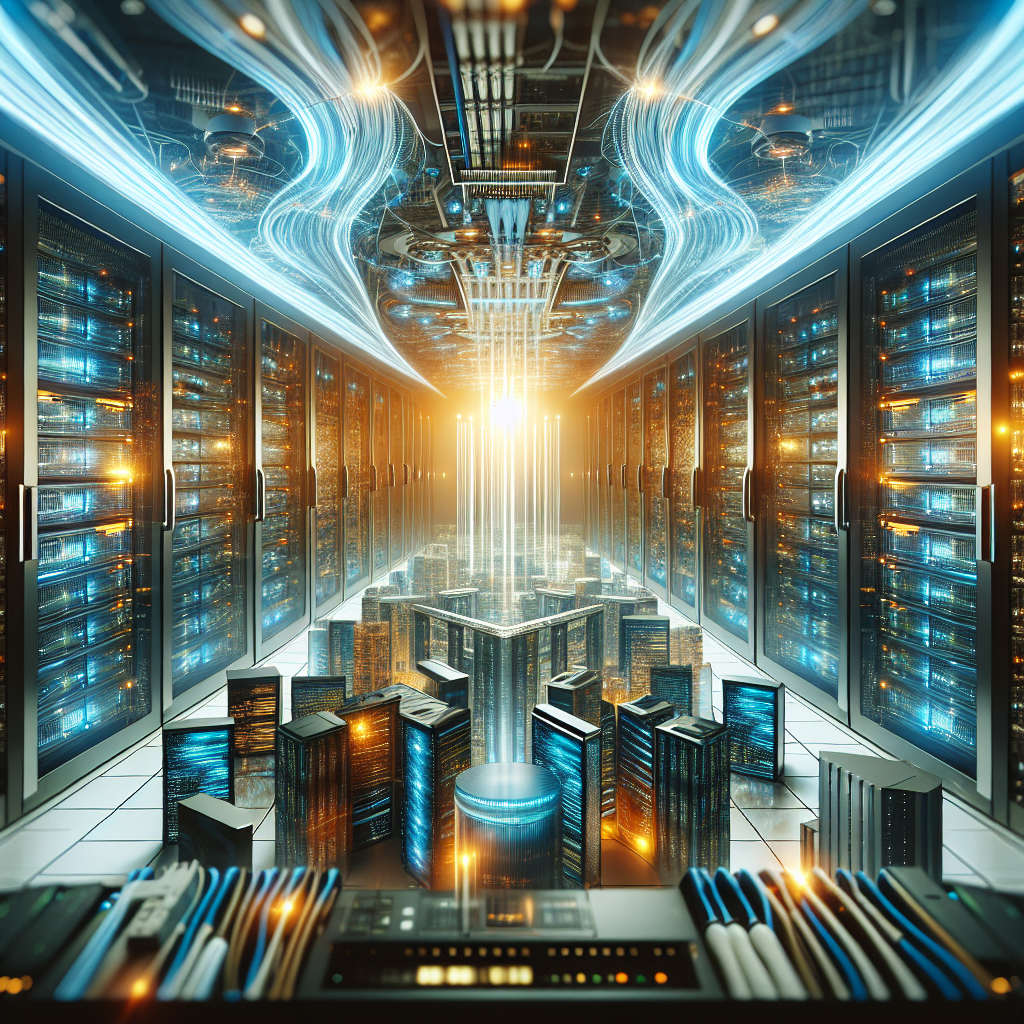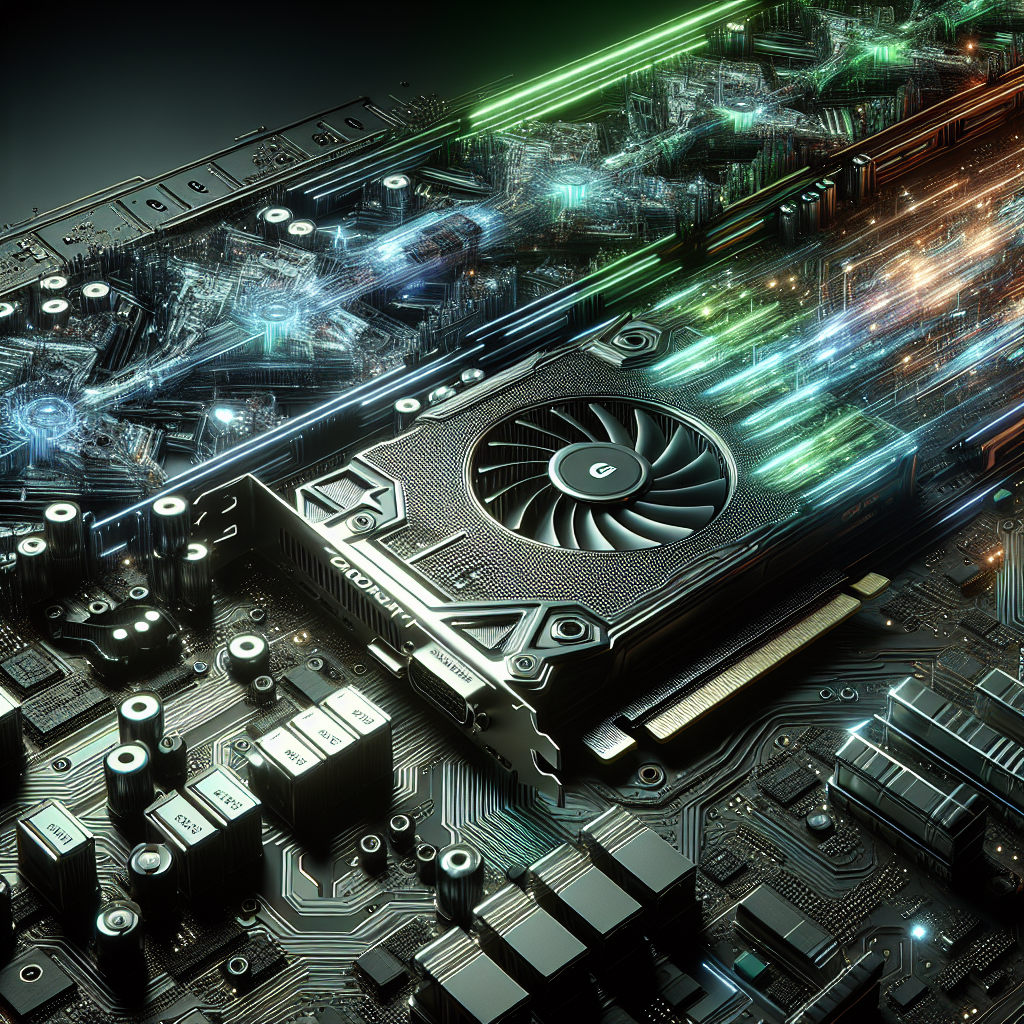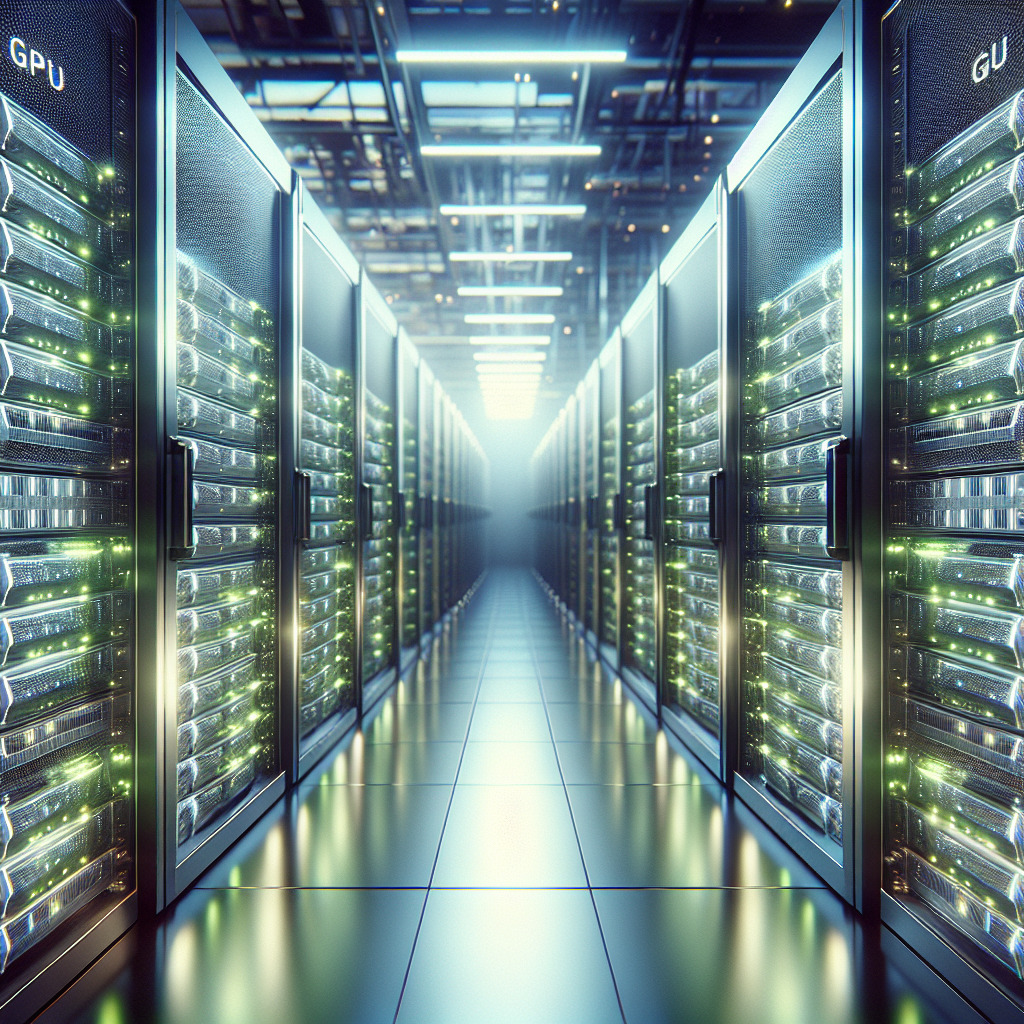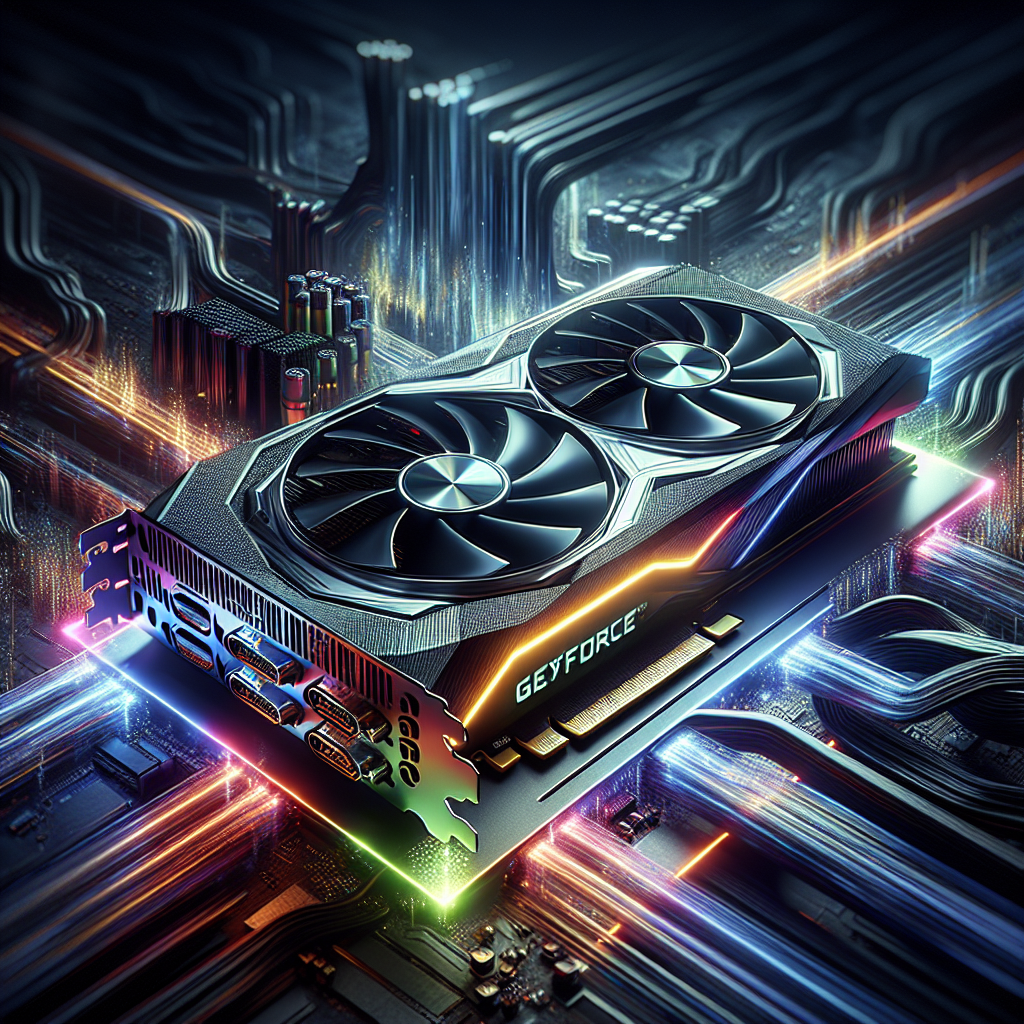In recent years, the push for sustainability and environmental responsibility has become a top priority for many industries, including the data center industry. As the demand for data storage and processing continues to rise, so does the energy consumption and carbon footprint of data centers. However, advancements in green technology are revolutionizing the industry and paving the way for a more sustainable future.
One of the key challenges facing data centers is the enormous amount of energy they consume. According to recent studies, data centers are responsible for about 1% of global electricity consumption, and this number is expected to grow as more data is generated and stored. To address this issue, data centers are turning to renewable energy sources such as solar, wind, and hydro power to power their operations. By investing in renewable energy, data centers can reduce their reliance on fossil fuels and lower their carbon emissions.
In addition to using renewable energy, data centers are also implementing energy-efficient technologies to reduce their overall energy consumption. This includes using energy-efficient servers and cooling systems, optimizing airflow and temperature control, and implementing energy management systems to monitor and control energy usage. By improving energy efficiency, data centers can lower their operating costs and reduce their environmental impact.
Another key trend in data center sustainability is the use of green building practices and design. Data centers are being built with sustainability in mind, incorporating features such as energy-efficient lighting, green roofs, and recycled materials. Some data centers are even designed to be carbon-neutral, meaning they produce as much renewable energy as they consume. By adopting green building practices, data centers can minimize their environmental impact and contribute to a more sustainable future.
Furthermore, data centers are also exploring innovative technologies such as liquid cooling and modular data center designs to improve energy efficiency and reduce water usage. Liquid cooling systems, for example, can significantly reduce the amount of energy needed for cooling, while modular designs allow for greater flexibility and scalability. These technologies not only improve sustainability but also help data centers adapt to changing demands and technologies.
Overall, the future of data center sustainability looks promising as more companies embrace green technology and prioritize environmental responsibility. By investing in renewable energy, energy-efficient technologies, green building practices, and innovative solutions, data centers can reduce their environmental impact and contribute to a more sustainable future. As the demand for data continues to grow, it is essential for data centers to lead the way in sustainability and set a positive example for the industry as a whole.
